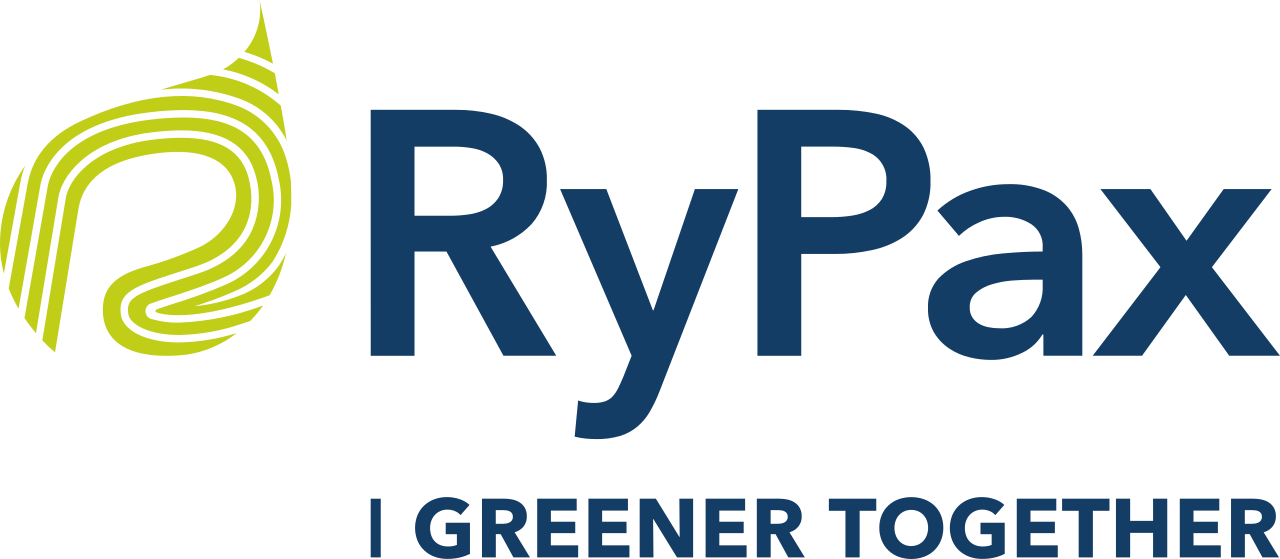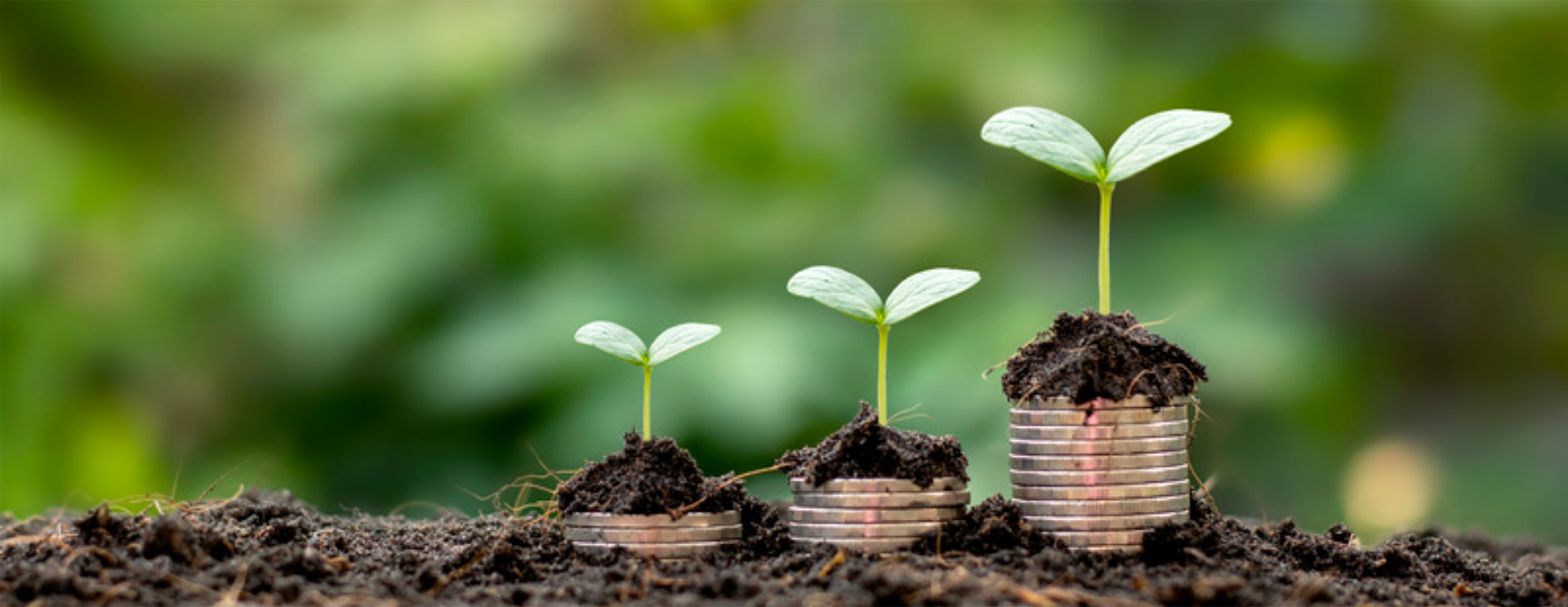Most aspects of the world’s economies have been linear for centuries. Businesses exploit natural resources to make products, and consumers dispose of those products after using them. However, a new holistic framework — known as the circular economy — has emerged. It is based on three key principles: designing out waste and pollution, keeping products and materials in use, and regenerating natural systems.
The circular economy model promotes eliminating waste through the continual use of natural resources. An increasing number of companies are adopting circular economy strategies. They are implementing sustainable practices to optimize the use of resources and minimize waste, as well as to satisfy consumer demand for eco-friendly products. Governments are also taking steps to foster a circular economy to encourage the more efficient use of resources and to protect the environment.
The Role of Government in a Circular Economy
The circular economy provides a new approach for societies to achieve many of their economic, environmental, and public goals. National and local governments can play a vital role in creating and enabling conditions for a circular economy to emerge and thrive. By developing action plans and offering incentives, governments can spur investment, drive innovation, and encourage circularity. For example, London has created a program that offers advisory services to small and medium-sized businesses to help them transition to a circular economy. To reduce resource usage, Amsterdam has developed a sharing platform that helps businesses and residents share or rent motorbikes and other items.
Government Regulations
Regulations are another type of governmental action that has a direct impact on developing a robust circular economy. For example, In May 2018, the European Council passed the Circular Economy Package. It set a wide range of environmental goals for all EU nations, including:
- 70% of all packaging waste and 100% of all plastic packaging should be recycled
- 75% of paper and cardboard should be recycled by 2025 and 85% by 2030
- Material-specific recycling targets for packaging
- The discouragement of the use of foam for food and food-service packaging
Other governments around the globe are taking similar steps to guide, encourage, and force producers and consumers to take on environmental responsibility policies. Notable regulations and pending legislation include:
- China has enacted a Circular Economy Promotion Law in 2009 to boost resource efficiency and environmental protection.
- Japan has developed a comprehensive set of recycling and waste management laws.
- France recently enacted Law No. 2020-105 (Regarding a Circular Economy and the Fight Against Waste), aimed at reducing the consumption of nonrenewable resources, increasing the reuse of waste as a resource, and encouraging products with a longer useful life.
- Ireland is close to adopting legislation to implement a circular economy.
- Legislators in the United States are seeking to pass a federal law that makes businesses responsible for the costs of plastic waste. The State of California is considering similar regulations.
Government regulations have been focused on reducing plastic waste in particular. That’s because plastics pose major environmental concerns. For example, more than 8 million metric tons of plastic waste end up in the oceans each year. If the current rate of increase continues, the amount of plastics in the world’s oceans will outweigh all of the fish they contain by 2050.
To limit plastic usage, the European Union enacted a Plastic Packaging Levy that went into effect on January 1, 2021. Based on the amount of nonrecycled plastic packaging waste, the tax rate is €0.80 per kilogram. It is expected to drive a shift away from plastic packaging as companies start assessing the impact of the levy and adopting alternatives such as molded fiber packaging to avoid the tax. Similar plastic packaging taxes are scheduled to go into effect in Italy in January 2022, in the United Kingdom in April 2022, and in Spain in January 2023.
To date, many government regulations covering plastic and other types of waste have been limited to recycling efforts. Future legislation, however, may take aim at reduction, reuse, redesign, remanufacturing, and recovery issues.
Molded Fiber: A Packaging Solution That Is Well-Suited to a Circular Economy
The sustainability practices of companies have a strong impact on developing a circular economy. By improving energy efficiency, using renewable energy, and using recycled or renewable materials, businesses and other producers can make a big difference. Not only will these actions add economic value, but they will help companies meet their social responsibility goals and meet consumer demand for eco-friendly products.
One effective step for businesses to actively contribute to a circular economy is to adopt sustainable packaging solutions. For example, molded fiber is an eco-friendly packaging material that is made from recycled corrugated pulp, paper, or fast-growing fibers.
Molded fiber packaging made with fast-growing fibers is particularly environmentally friendly. Bamboo, bagasse (the pulpy residue left behind when sugarcane stalks are crushed to make sugar), reeds, and grasses are the most common fast-growing fibers used in molded fiber packaging. Molded fiber packaging is sustainable from end to end. The manufacturing process upcycles traditionally discarded agricultural waste and uses sustainable virgin materials.
Molded fiber packaging made from fast-growing fibers fits well into circular economy strategies. Adopting this highly eco-friendly packaging solution instead of using plastic adds value in two key circular economy spheres: resource recovery and circular supply chains.
These recycled and sustainable materials minimize the impact of end-of-life disposal. That’s because molded fiber packaging is 100% recyclable and biodegradable. Repurposing agricultural waste and using virgin fibers from fast-growing plants is compatible with efforts to build a circular supply chain. Molded fiber packaging solutions made from bagasse and bamboo reduce energy use and have lower environmental impacts. They are not petroleum-based like plastics and are not produced using less sustainable virgin paper sources with higher environmental impacts, such as tree pulp.
Incorporating molded fiber packaging solutions into your circular economy strategy makes good business sense — from social responsibility, marketing, and financial perspectives.











